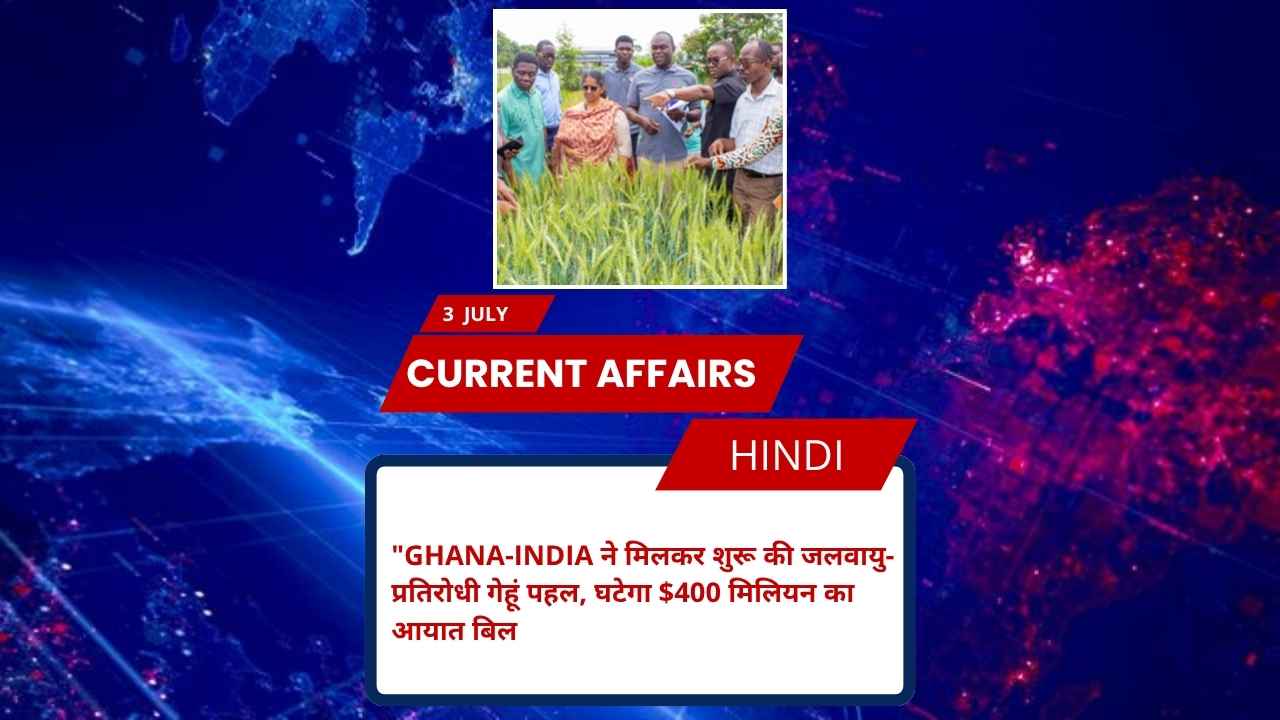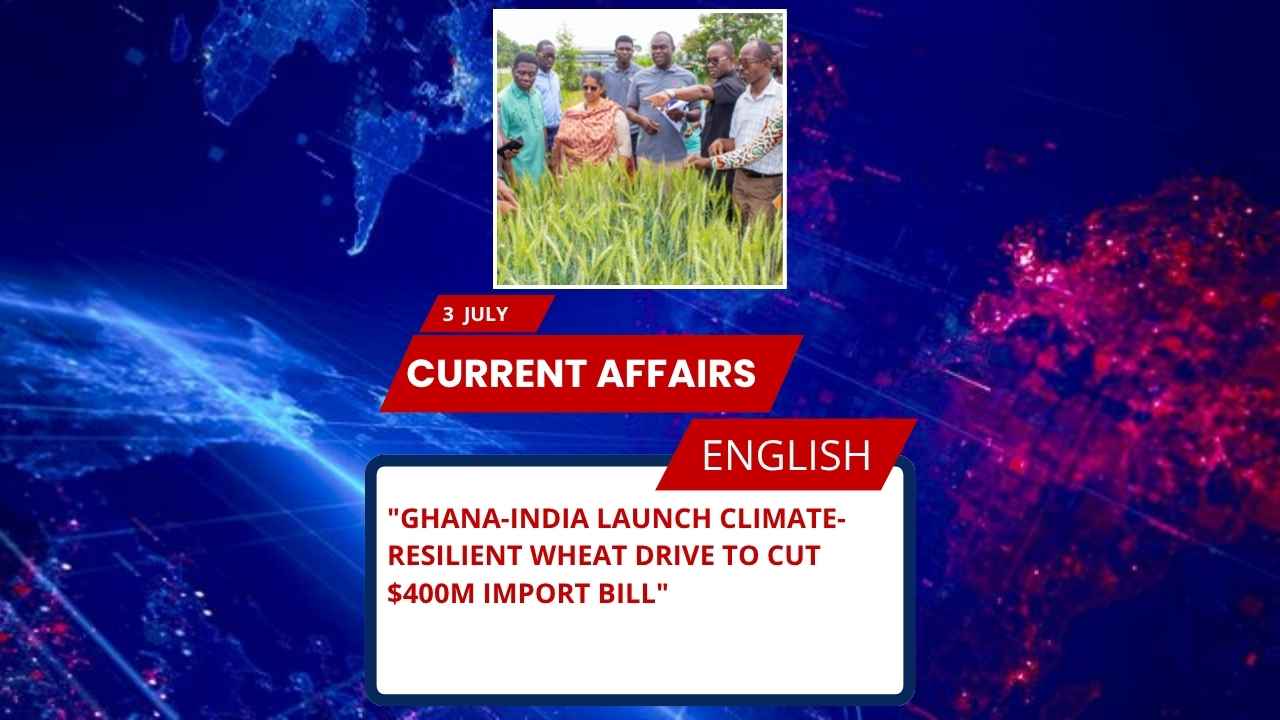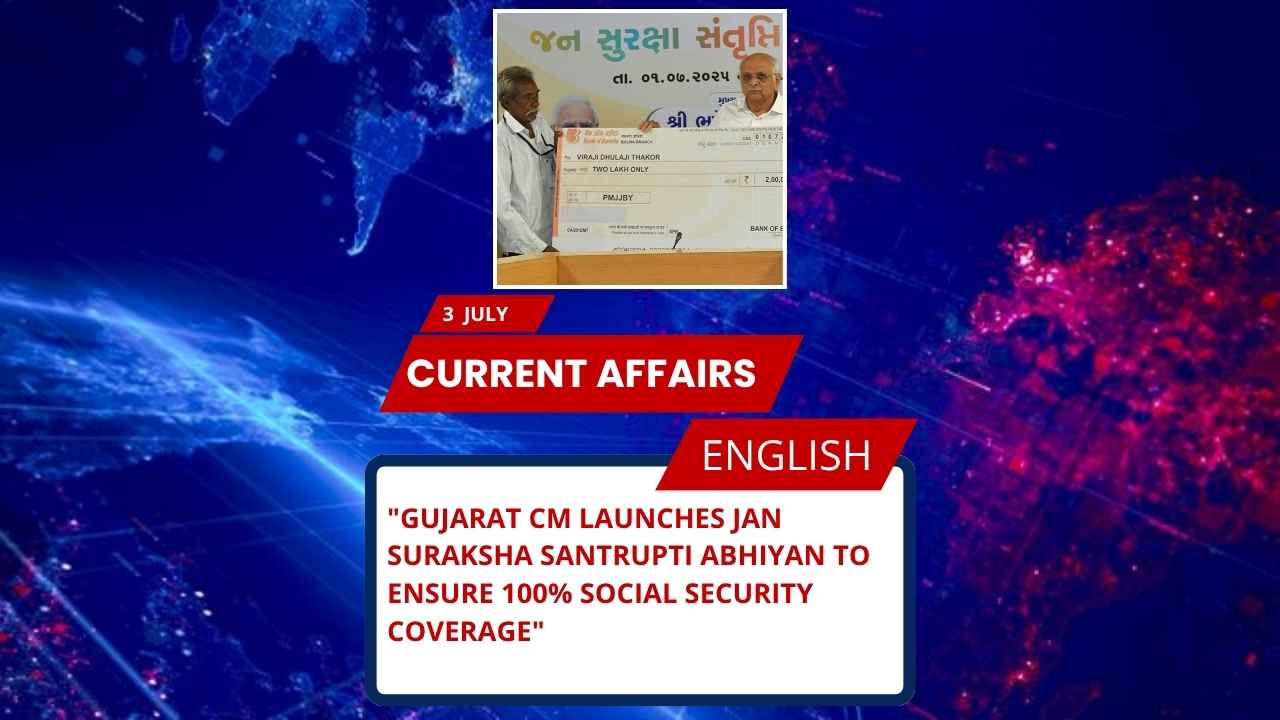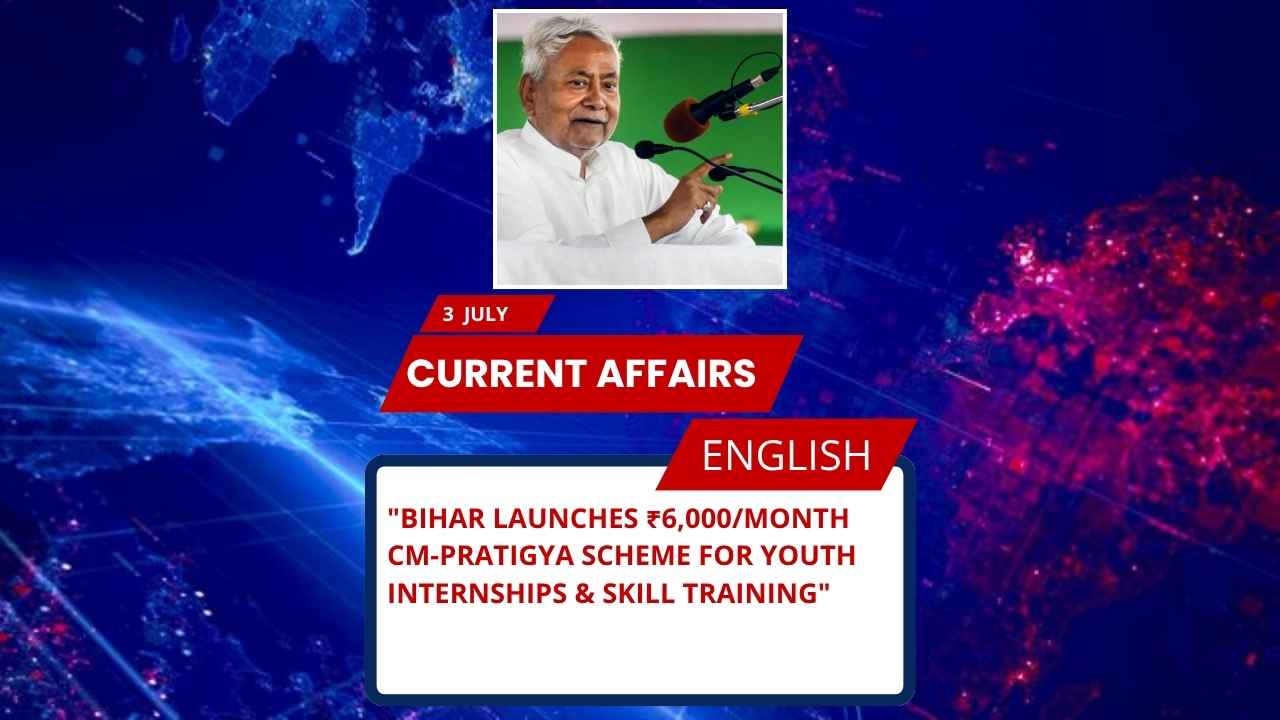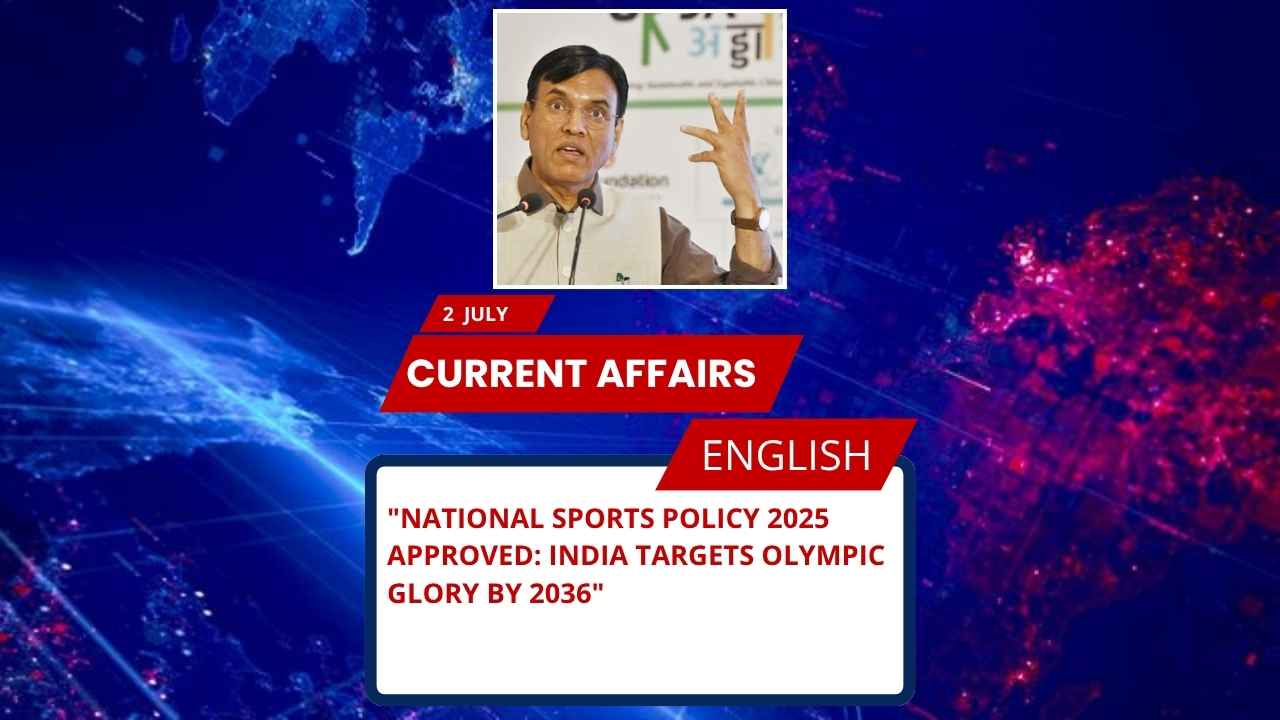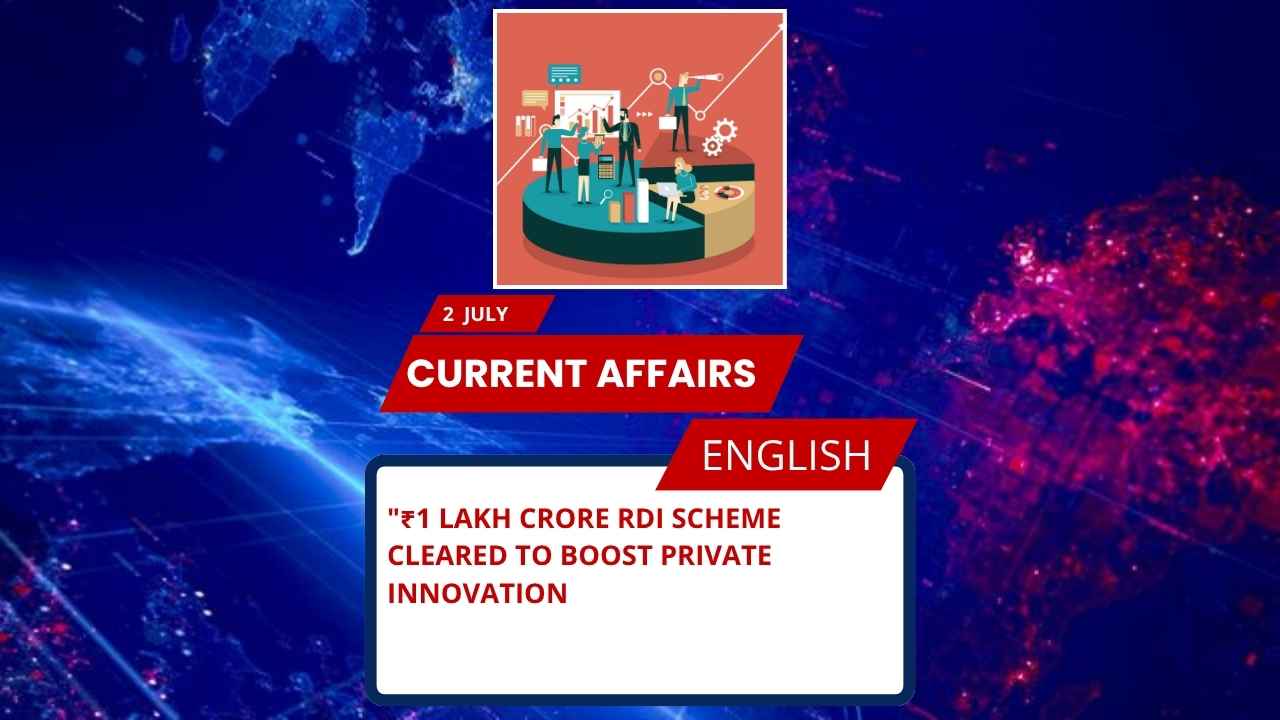
Key Points for SSC, UPSC & Other Govt Exams
- GST Day is observed on July 1 every year.
- First GST Day was celebrated on 1 July 2018.
- GST launched on 1 July 2017 as a major indirect tax reform.
- GST replaced multiple taxes like VAT, Service Tax, Excise Duty, etc.
- It follows a dual structure: CGST, SGST, IGST.
- Maharashtra leads GST collections in FY 2024-25.
- Four main GST slabs: 0%, 5%, 12%, 18%, 28%.
- GST Council governs GST policies; formed after the 101st Constitution Amendment Act.
- Input Tax Credit, Anti-Profiteering, and Composition Scheme are key features.
- A move to 3-rate GST structure is under proposal.
- GST led to increase in tax compliance and consumer savings.
Complete Details of GST Day 2025
Why is GST Day Celebrated?
Goods and Services Tax (GST) Day is celebrated annually on July 1st to commemorate the historic implementation of GST in India in 2017, which unified the country’s indirect tax system into one nationwide regime.
The first GST Day was observed on July 1, 2018, marking the anniversary of the tax’s rollout.
What is GST?
GST is a destination-based consumption tax levied on the supply of goods and services. It is a single tax on the entire value chain, providing credit of input taxes at each stage.
Final consumer pays GST just once, charged by the last dealer.
GST ensures seamless flow of input credit, thus removing the cascading effect of taxes.
Timeline of GST Implementation
| Year | Event |
|---|---|
| 2000 | GST conceptualized by PM-led committee |
| 2006 | GST announced in Union Budget |
| 2009 | First discussion paper released |
| 2014 | 122nd Constitution Amendment Bill introduced |
| 2016 | 101st Constitution Amendment Act enacted |
| Sep 2016 | GST Council formed |
| 1 July 2017 | GST officially launched across India |
Salient Features of GST
- One Nation, One Tax: Merged central and state indirect taxes.
- Dual Structure: CGST, SGST, and IGST for interstate supply.
- Input Tax Credit (ITC): Eliminates tax-on-tax by crediting inputs.
- Threshold Exemption: Small businesses below a limit are exempt.
- Composition Scheme: Fixed-rate taxation for small taxpayers.
- Online Compliance: GSTN portal handles registration to payments.
- Anti-Profiteering Authority: Protects consumers from unfair pricing.
- Sector-Specific Exemptions: Healthcare, education, etc.
- Digital Transparency: Reduces tax evasion, increases accountability.
- Account Settlement Mechanism: Smooth tax sharing between Centre & States.
Top GST Collecting States in April 2025 (FY 2024-25)
| Rank | State | GST Collection (in ₹ Crore) |
|---|---|---|
| 1 | Maharashtra | 41,645 |
| 2 | Karnataka | 17,815 |
| 3 | Gujarat | 14,970 |
| 4 | Tamil Nadu | 13,831 |
| 5 | Haryana | 14,057 |
| 6 | Uttar Pradesh | 13,600 |
| 7 | West Bengal | 8,188 |
| 8 | Telangana | 6,983 |
| 9 | Rajasthan | 6,228 |
| 10 | Andhra Pradesh | 4,686 |
Facts About States Mentioned (for MCQ section)
Maharashtra
- Capital: Mumbai
- CM: Eknath Shinde
- Major Rivers: Godavari, Krishna
- National Parks: Sanjay Gandhi NP, Tadoba-Andhari NP
Karnataka
- Capital: Bengaluru
- CM: Siddaramaiah
- Major Rivers: Kaveri, Tungabhadra
- National Parks: Bandipur, Nagarhole
Gujarat
- Capital: Gandhinagar
- CM: Bhupendra Patel
- Rivers: Sabarmati, Narmada
- National Parks: Gir NP, Blackbuck NP
Tamil Nadu
- Capital: Chennai
- CM: M.K. Stalin
- Rivers: Kaveri, Vaigai
- National Parks: Mudumalai, Guindy NP
Uttar Pradesh
- Capital: Lucknow
- CM: Yogi Adityanath
- Rivers: Ganga, Yamuna, Ghaghara
- National Parks: Dudhwa NP
Haryana
- Capital: Chandigarh
- CM: Nayab Saini
- Rivers: Yamuna, Ghaggar
- National Parks: Kalesar NP
West Bengal
- Capital: Kolkata
- CM: Mamata Banerjee
- Rivers: Hooghly, Ganges
- National Parks: Sundarbans NP
Rajasthan
- Capital: Jaipur
- CM: Bhajan Lal Sharma
- Rivers: Chambal, Luni
- National Parks: Ranthambhore, Desert NP
Telangana
- Capital: Hyderabad
- CM: Revanth Reddy
- Rivers: Godavari, Krishna
- National Parks: Mahavir Harina NP
Andhra Pradesh
- Capital: Amaravati (proposed), Visakhapatnam (exec.)
- CM: N. Chandrababu Naidu
- Rivers: Krishna, Godavari
- National Parks: Papikonda NP
Expected MCQs for SSC/UPSC/State Exams
1. GST Day is observed every year on which date?
A. 1 June
B. 1 July
C. 30 June
D. 2 July
Answer: B. 1 July
2. In which year was GST officially launched in India?
A. 2016
B. 2018
C. 2017
D. 2019
Answer: C. 2017
3. GST is a type of which tax?
A. Direct tax
B. Wealth tax
C. Indirect tax
D. Custom duty
Answer: C. Indirect tax
4. Who heads the GST Council in India?
A. Finance Minister of any State
B. RBI Governor
C. Prime Minister
D. Union Finance Minister
Answer: D. Union Finance Minister
5. How many GST slabs exist as of 2025?
A. 2
B. 3
C. 4
D. 5
Answer: C. 4
6. Which state collected the highest GST revenue in April 2025?
A. Gujarat
B. Karnataka
C. Tamil Nadu
D. Maharashtra
Answer: D. Maharashtra
UPSC-Style FAQs with Answers
Q1. What are the constitutional and institutional mechanisms that enabled GST implementation in India?
Answer:
The implementation of GST in India was enabled through the 101st Constitutional Amendment Act (2016), which empowered both the Centre and States to levy GST. It also led to the formation of the GST Council, a federal body comprising the Union Finance Minister (Chairperson), State Finance Ministers, and Union Ministers of State for Finance. The Council ensures cooperative federalism by recommending tax rates, exemptions, and procedural rules. This institutional mechanism was critical in reaching consensus among states, streamlining the transition from the older tax system, and ensuring nationwide uniformity in indirect taxation.
Q2. How has GST impacted India’s informal economy and MSME sector?
Answer:
GST has formalized the economy by mandating registration of businesses above specific turnover thresholds and digitizing compliance through the GSTN portal. It has brought MSMEs into the formal tax net, enabling better access to institutional credit and market linkages. The Composition Scheme further eased the burden for small businesses by offering lower compliance costs and tax rates. However, initial challenges in adaptation and compliance requirements were observed. Over time, digitization and simplified procedures helped in boosting transparency, tax base expansion, and overall ease of doing business.
Q3. Critically analyze the economic significance of GST in improving interstate commerce.
Answer:
GST replaced a fragmented tax system with a unified national market, eliminating interstate tax barriers like CST, entry taxes, and Octroi. This harmonization improved supply chain efficiencies, reduced logistics costs, and enhanced competitiveness of Indian goods across states. The implementation of e-way bills and IGST ensured seamless interstate trade with real-time tracking and credit settlement. Nevertheless, periodic rate revisions and complexity in classifications have been concerns. Despite that, GST remains a landmark reform in bolstering the efficiency and scale of India’s internal trade.
Q4. What are the major challenges GST still faces in 2025, and how can they be addressed?
Answer:
Key challenges include frequent rate changes, disputes over tax credit refunds, technical glitches on GSTN, and compliance burdens on small traders. Additionally, the classification of goods, multiple tax slabs, and pending issues like petroleum inclusion limit its full potential. To address this, the government is moving towards a three-rate structure, simplifying classifications, improving backend IT infrastructure, and enhancing taxpayer services. Continued stakeholder engagement and rationalization are essential to make GST more robust and growth-oriented.

